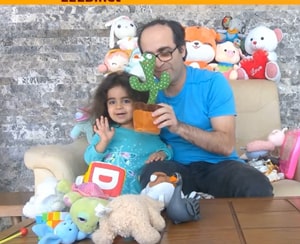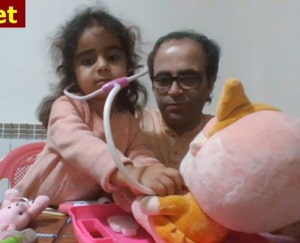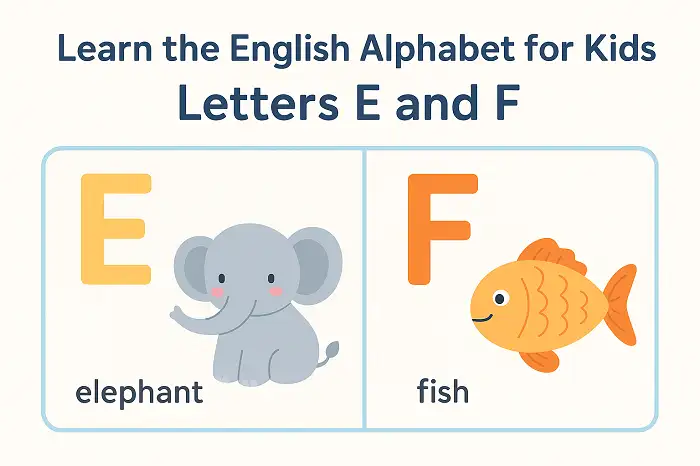Table of Contents
Infants’ Language Learning | TESL Issues
Infants’ Language Learning | TESL Issues
All normal children appear to contain within themselves the ability to create a language in spite of wide variations in experience. External auditory simulation is available to the fetus, although attenuated. Mother’s voice is a prominent sound in the amniotic environment, experience with sounds begin prior to birth.

Newborns appear to distinguish speech from birth, and to be drawn to language, showing a preference for speech and voice or song over other stimuli (e.g. instrumental music) and prefer to listen to words over other sounds. For infants five to fifteen weeks old, speech sounds act as reinforcing stimulation. A newborn younger than three days can not only discriminate its mother’s voice but also will work to produce her voice in preference to the voice of another female.

A few days after birth, infants are able to tell apart two different languages even when neither of them is present in their environment, they already show a preference for their maternal language. In infants, language change has a significantly greater effect than speaker change. Infants, thus not only discriminate but categorize sounds by language.

Children have remarkable computational abilities to detect distributional facts and co-occurrence regularities in input. Infants can decode sound and syllable units from the continuous speech stream. By the age of two months, the infant has set the first values to individuate the structure of the maternal language. Infant discrimination varies with whether the child is in a monolingual or bilingual environment.

Infants have the initial means to discriminate language from non-language stimuli, and an initial way of representing input signals of language. Infants’ impressive computational ability to differentiate auditory stimuli in terms of probability of sound combination is really great. Infants can use simple statistics to discover word boundaries in connected speech.

Infants are a year old, they know something of the sound combinations which distinguish their language from other languages at a prosodic level of representation. The best environment for children is the richest natural productive interactive one (Lust, 2006).
References
- Lust, B. (2006). Child language: Acquisition and growth. Cambridge: Cambridge University Press.



